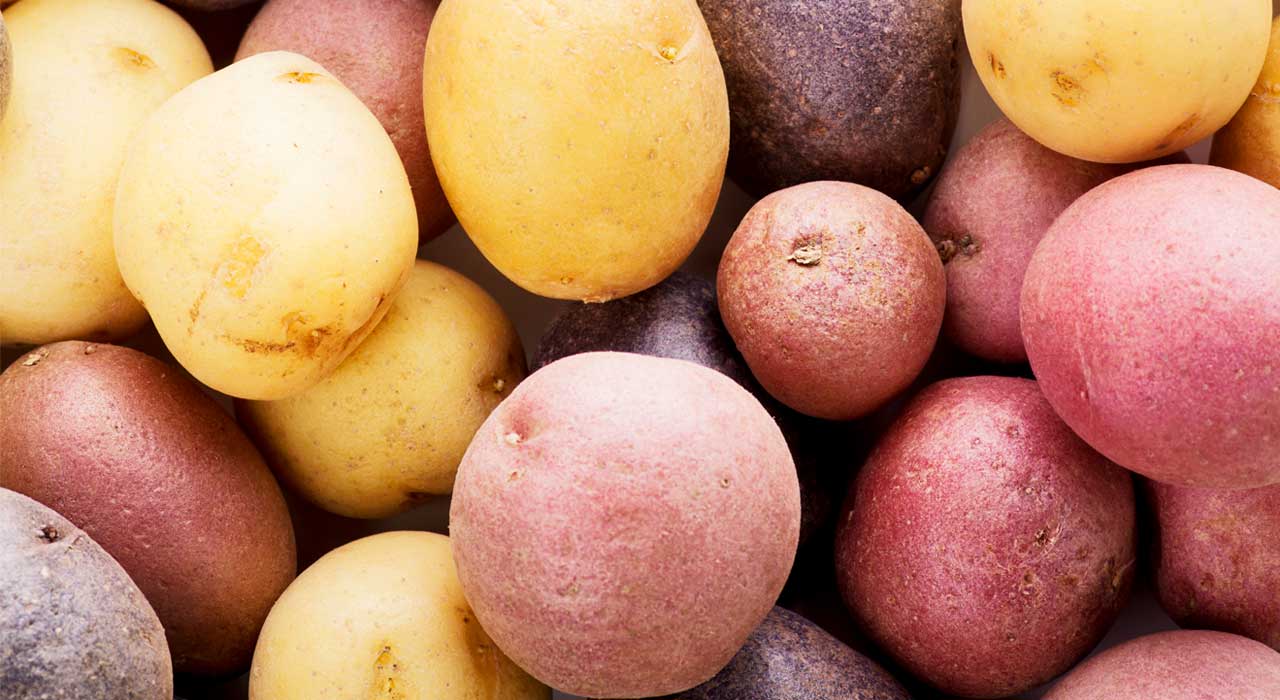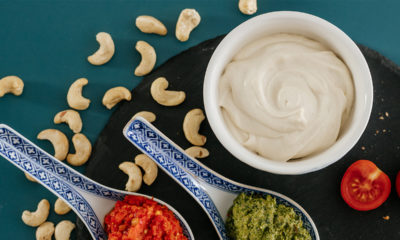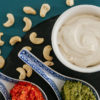Nutrition
This Is How To Use Starch To Get Slimmer
This unique nutrient is actually a type of dietary fiber found naturally in many carbohydrate-dense foods, like potatoes, grains and beans.
What makes it headline-worthy is its ability to ‘resist’ digestion, which means it improves insulin sensitivity, and helps stabilize and even lower blood glucose while reducing your appetite and aiding the health of your body’s digestive system. That’s quite a mouthful of achievements.
There are three main types of resistant starch. The first is found in grains, seeds and legumes, and it resists digestion because it’s bound within the fibrous cell walls.
The second is formed when certain starchy foods, like potatoes and rice, are cooked and then cooled. The cooling turns some of the digestible starches into the resistant variety through a process called retrogradation.
The final type is man-made and formed by chemical processes. Here’s how it works and why you should be looking to include this nutrient in your everyday meal choices.
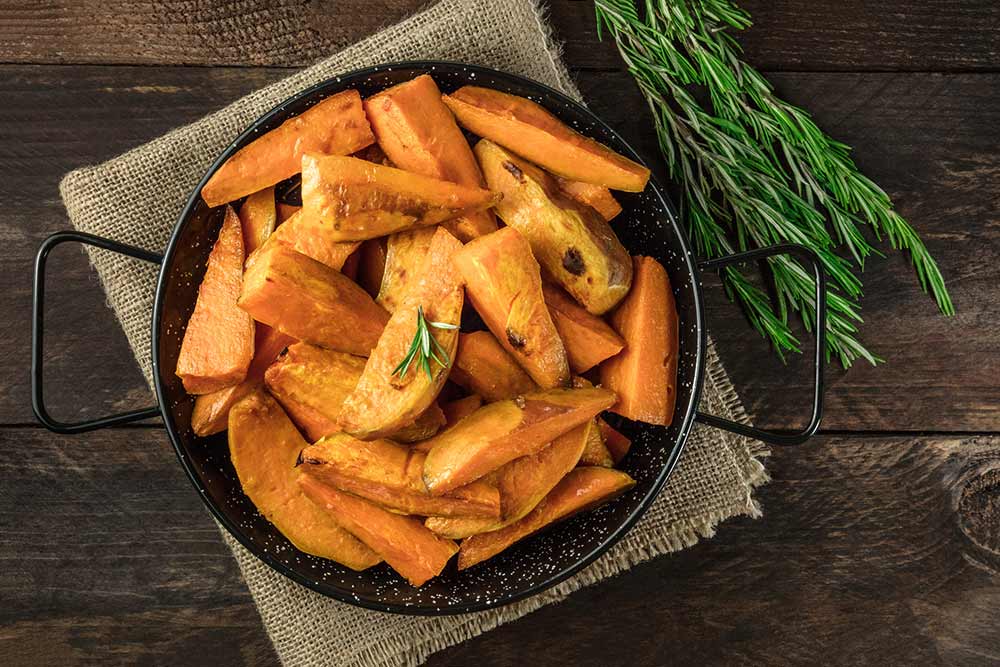
How to get more
The simplest way to eat more of this nutrient is to cook and then cool starches. Cooking tells starch to absorb water and swell, and as it slowly cools, portions of the starch become crystallized into the form that resists digestion.
Cooling either at room temperature or in the refrigerator will raise resistant starch levels. Just don’t reheat. That breaks up the crystals, causing resistant-starch levels to plummet. There are currently no recommendations for how much resistant starch to consume a day, but science indicates that eight daily is a good amount to shoot for.
That would mean you’d want to consume 1/2-1 cup of resistant starch a day to reap all the benefits of this nutrition powerhouse.
– RELATED: A Beginner’s Guide To Counting Your Macros –
Better digestion
The butyrate created by the fermentation of resistant starch is the preferred fuel of the cells that line the colon. So by eating more resistant starch, you are both feeding the good bacteria in your gut and indirectly feeding the cells in the colon.
It also reduces the pH level, potently reduces inflammation and leads to several beneficial changes that help lower your risk of colon cancer.
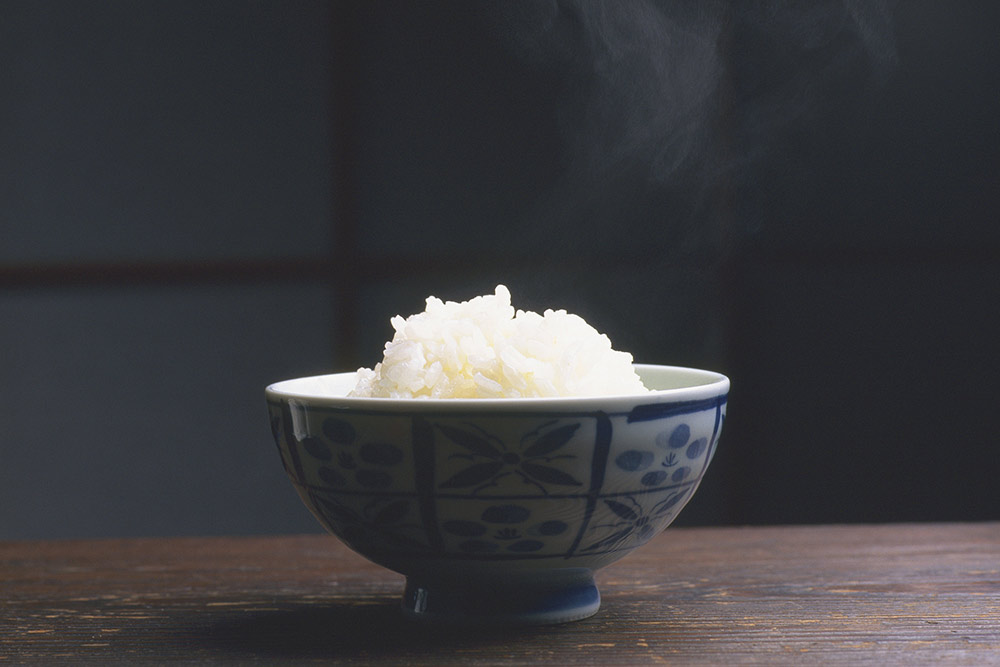
Burn more fat
Unlike some types of fiber, resistant starch gets fermented when it reaches the large intestine. This process creates beneficial fatty acids, including one called butyrate, which can help block your body’s ability to burn carbohydrates.
This, in turn, can prevent the liver from using carbs as fuel and, instead, use stored body fat. Some researchers claim that replacing just 5% of your total carb intake with resistant starch creates a 20-30% increase in fat burning after a meal. Not a bad effort.
Increased longevity
By improving your insulin sensitivity and balancing blood-glucose levels, you’ll put yourself in the best position to lose weight. Having low insulin sensitivity or being insulin resistant is a major factor in some of the world’s most serious diseases, including metabolic syndrome, type 2 diabetes, obesity, cardiovascular disease and Alzheimer’s.
By improving insulin sensitivity and lowering blood-sugar, resistant starch can not only help you avoid disease, but it can also help you achieve your fitness goals. It even has what’s known as a ‘second meal effect’, which means that if you eat resistant starch with breakfast, it will also lower the blood-sugar spike at lunch.
– RELATED: A Beginner’s Guide To Counting Your Macros –
4 starchy foods to help your fitness goals
1. Rice
Cook and cool white sushi rice and enjoy alongside some fresh seafood or steak. You can also mix chilled brown or white rice with some almond milk, raisins and cinnamon in place of cold cereal for breakfast.
2. Cream of rice
Cook and cool cream of rice for a yummy cold cereal in the morning. Top with some fresh berries or sliced apple, or add some chopped nuts or a drizzle of almond butter.
3. Potatoes and sweet potatoes
Enjoy them cold as is, or make a healthy potato salad as a side dish. You can even add chilled, chunked red potatoes to a salad, or purée cooked white potatoes for a soup.
4. Oatmeal
This breakfast staple actually tastes amazing cold. Cook and cool the oatmeal, stir in some protein powder and pour some unsweetened almond milk over it the next morning for healthy protein porridge.
For more nutrition information, sign up for TRAIN for HER newsletter.


